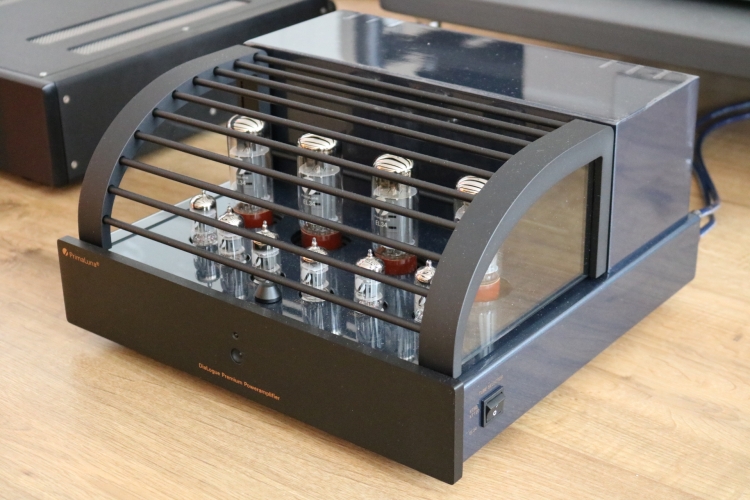
Remarkably dynamic and communicative performer with lots more power than its humble rating would suggest
Retail price: 3375 euro
With tube amps, the power supplies and output transformers are some of the amplifier’s most important aspects of delivering power and control. Naturally, there’s more to transformer design than weight, but if the Dialogue Premium’s heft is anything to go by, this must be a very stable amp!
Already while hauling in the box I was quite surprised by its heavyweight, predominantly on one side of the box. Unpacking the amp I am further surprised by its small size! Apparently, I had not paid attention to its specs and just assumed that this amp was full width, meaning 42-44 cm while in fact, its chassis is only 37,5 cm wide and its front panel adding only 1 cm to that at 38,5 cm. The transformer housing is even smaller at 36 cm.
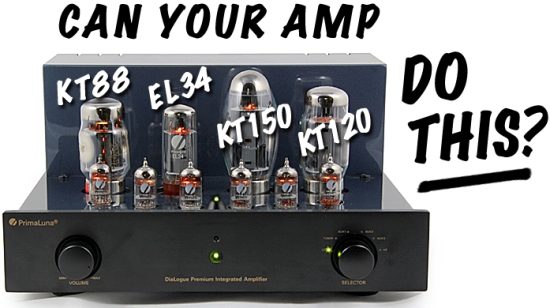
The Technical aspects – in brief
One of the greatest features of this amp is that it can be switched between Triode and UltraLinear mode, via IR remote control! The tubes are also driven very conservatively, to allow for the best stability and longest life. Also, as hinted at with the image of the integrated amp variant above, the PrimaLuna amps can accommodate various tubes. All that’s needed is to flick a switch on the right-hand side of the amp to select between EL and KT range, and the auto bias circuit takes care of the rest. Apparently, this circuit is more advanced and not like regular auto bias circuits, but as there is so much more to tell and I mostly care about the sound quality, this is best read right at the source on the manufacturer’s website, along with all other specifics of the amp’s design.
Motivation
The PrimaLuna Dialogue Premium (albeit in HP configuration so with 8 tubes rather than 4) is said to be the affordable alternative for the Audio Research Reference 75 SE. As two of my best friends own a Ref 75 SE and I have heard it in my system on several occasions and with various speakers, I couldn’t help wanting to make that comparison myself. Since I firmly believe that fewer components (especially output devices) make for a purer sound, I opted for the regular 4-tube DiaLogue Premium.
Overall character
A very nice feature of this amp is that it sounds great from the instant that you switch it on. It becomes slightly more relaxed and expansive after 20 or so minutes, but right from the get-go, it sounds open, dynamic and smooth. The amp’s main character is that of a lively and communicative yet richly colorful and smooth performer, but meanwhile, it is also incredibly stable and able to drive a wide range of loudspeakers. How wide, you ask?
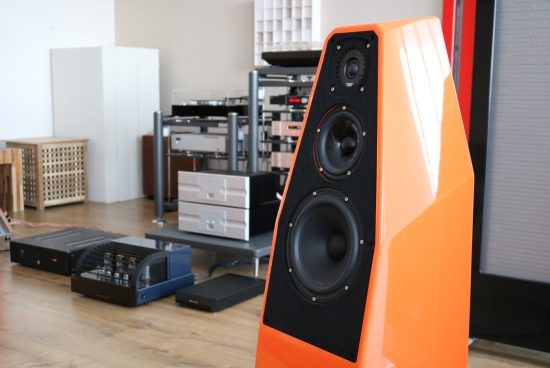
Wilson Sabrina
Although I’d been warned that the Wilson Sabrinas demand more juice than their efficient spec would suggest, against better judgment I tried the PrimaLuna with them. Even in UltraLinear mode this amp only provides only 36 watts with its stock EL34 tubes. Expecting a mushy sound I was overwhelmed to find that not only was the bass tight and powerful, the naturalness in tonality had also stepped up several notches. Everyone knows that tubes have their special way with voices and midrange in general and I have my fair share of experience in this field too, but considering the big transistor amp names that I also used with them I did not expect the Sabrinas to work so well with this little amp.
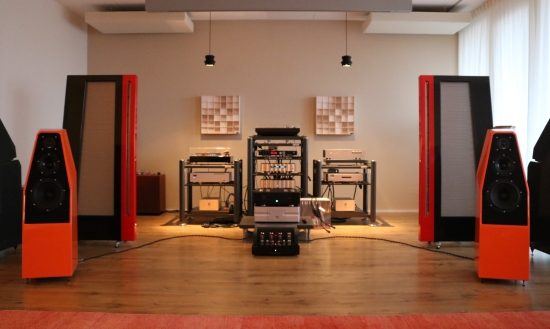
Apparently, this is one of those rare occasions where a magical match is made. After 20 minutes of playing time (the amp was brand new) involvement was raised to the point where it became hard to walk away. In spite of the low absolute power, dynamics were now seemingly even more expansive than with either of the big transistor amps, as was the soundstage. I couldn’t suppress a smile while I cued some vicious Madonna tracks while cranking up the volume. Boy, now the Sabrinas sure rocked!
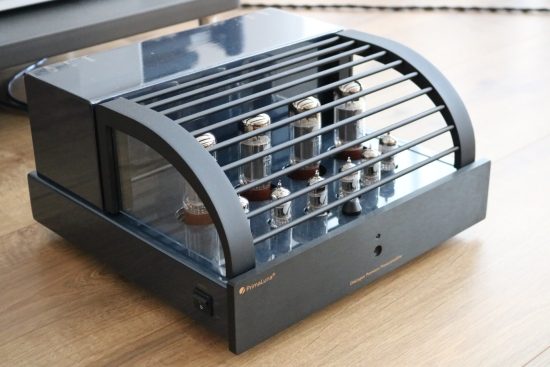
Above: still attached is the anti-scratch plastic foil as I was contemplating trading up to the HP model. Turns out that probably won’t be needed.
So is this supposed power hungry aspect nonsense? Well, yes and no. If you play truly dynamic music such as classical pieces, very loudly, the peaks will be reproduced more compressed than with the Ayre and the Bryston. During my normal listening sessions playing (much more already compressed-) soul, funk, jazz and electronic I did not become aware of any limitations of power unless really pushing it to volume levels where the neighbors might come knocking on my door. I imagine that a super amp such as a big Soulution might extract more immediate and more expansive dynamic performance from the Sabrinas but provided you don’t want to blow the roof off, the PrimaLuna is otherwise really quite special already.
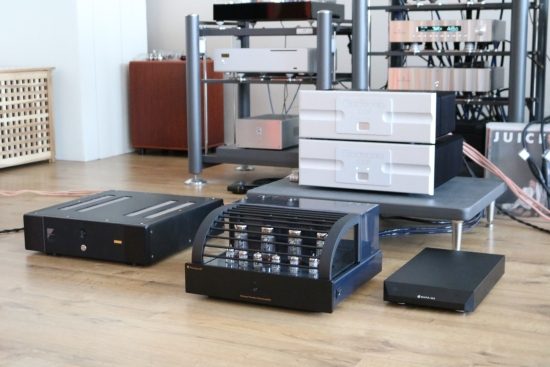
The DiaLogue Premium has a rare combination of lushness (stereotypical tube) and powerful dynamics (not necessarily stereotypical tube). To my ears, it sounds the opposite of compressed in a way that simply makes one switch off the brain and just enjoy the music.
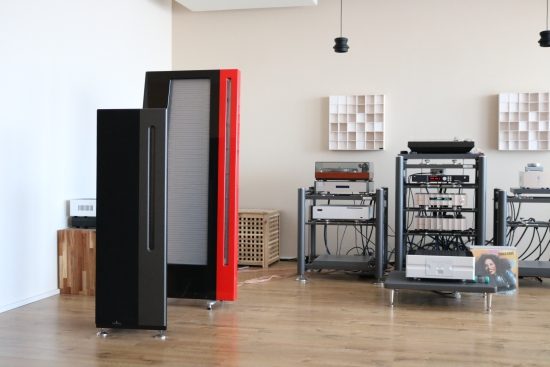
Apogee Centaur
Quite surprisingly the DiaLogue Premium also drives the Apogee Centaurs with real gusto! While definitely not the most difficult Apogees, these very speakers were responsible for literally killing a big Sony TAN80ES amp in bridged mode at JW’s place. Smoke came out and the amp was no more. Now consider the Sony’s 200 watts versus the PrimaLuna’s 36 watts and it becomes clears once again that watts do not equal power. Not only did the PrimaLuna stay alive, but it also injected an impressive sense of dynamic swing and overall power into the Centaurs. Of all tube amps that I tried with these speakers so far only the Audio Research Ref 75 SE and the VAIC Reference 520 were similarly powerful, both amps that cost a lot more than the PrimaLuna. But it doesn’t stop here.
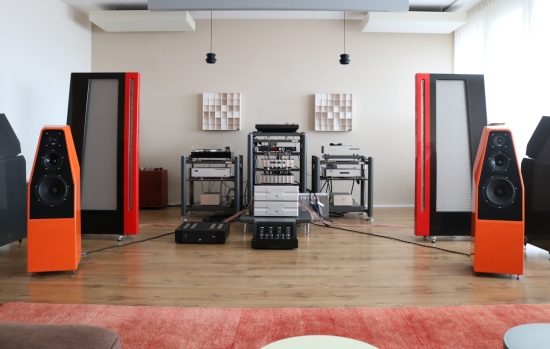
Apogee Duetta Signature
Since the Duettas are also still set up in these quarters, I could not resist giving this a go. Wow: not only did the PrimaLuna drive them, but they also made them come alive too! Bass was big and powerful, the midrange was rich and communicative and treble smooth and fluid. This is really quite special because except for the Audio Research Ref 75 SE, all other tube amps that I tried sounded slow and overly woolly with these speakers, among them some very big names too! This points to the output impedance being quite low for the Ref75 and the PrimaLuna having a beefy power supply and output transformers. Soundstaging is another forte of this amp, seemingly effortlessly filling the room with a big musical aura.
Wilson Watt/Puppy 8
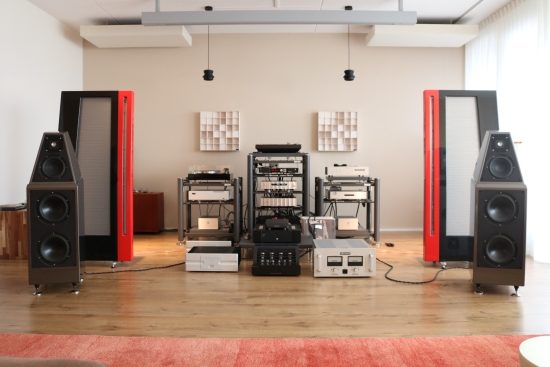
Audio Research Reference 75 SE
As mentioned, the PrimaLuna Dialogue Premium is said to be the affordable alternative for the Audio Research Reference 75 SE. As my friend Jan Cramer (aka Meneer Buis) was so kind to drop off his Ref 75 SE for the 7th time, I could make direct comparisons. His amp is almost new, likely just run in, so in optimal form.
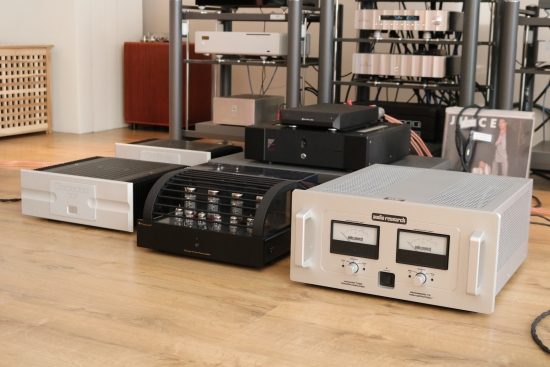
After switching my brain back on and comparing the PrimaLuna to the Ref 75 SE, both are definitely great amps, but there are several differences so obvious that I would not pronounce either the substitute for the other.
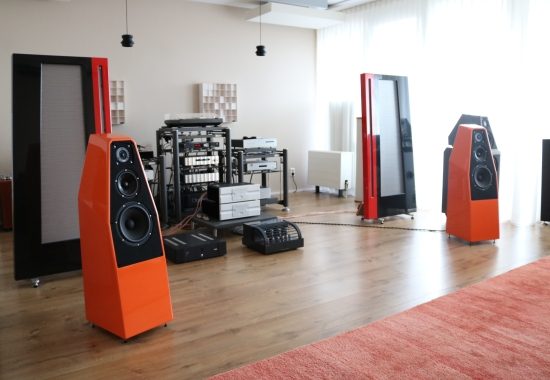
The Ref 75 SE is unmatched in its ability to provide state of the art resolution and purity, with amazing treble delicacy and timbral accuracy along with tight and articulate bass that is not normally expected from a tube amp. The PrimaLuna does not quite reach the same levels of refinement nor the incredibly accurate imaging as the Audio Research. I guess that’s only fair because the Ref 75 SE currently costs around 12.000 euro while the DiaLogue Premium only costs 3200 euro. But it doesn’t stop here because the PrimaLuna counters with a more gloriously rich midrange, bass with more slam and an overall greater feeling of dynamic impact. How about that for a 36-watt amp versus the Audio Research’s 75 watts?
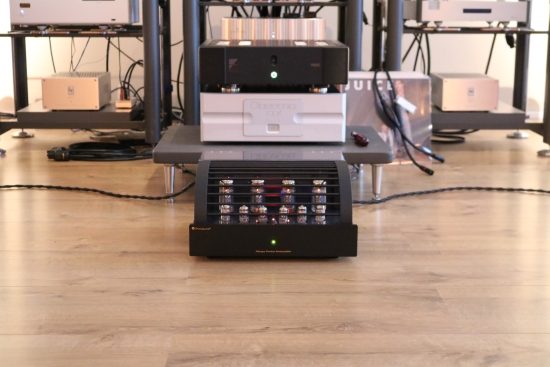
The thing is: there is no such thing as the perfect audio component. Even if you spend ridiculous amounts of money, still there will be areas in which a product excels and areas in which it is less endowed. The Ref 75 SE really is superbly refined, transparent and neutral, and truly a precision instrument. If as an audiophile you are most concerned with the audiophile areas in which it excels and you don’t need copious amounts of power, then it will be very difficult to beat. If however as a music lover you can do with a little less image specificity and delicacy, for sheer musicality it will be difficult to beat the PrimaLuna Dialogue Premium, even if you are prepared to pay a lot more.
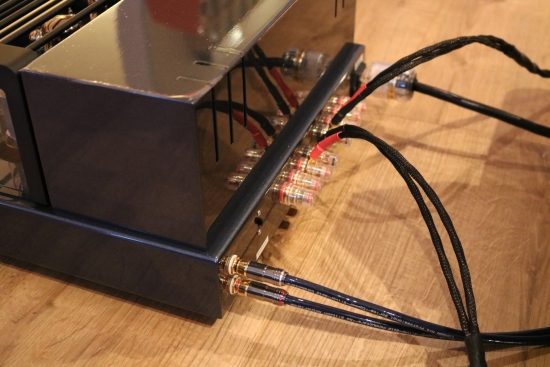
Above: with all speakers, I used the 4-ohm tap. From experience with other tube amps I know that the other taps can make a lot of difference, but usually, the 4-ohm tap is the smoothest sounding one, the higher ohm ones usually resulting in more control. This could be different with the PrimaLuna, but as it always sounds so great, I have not yet experimented with this.
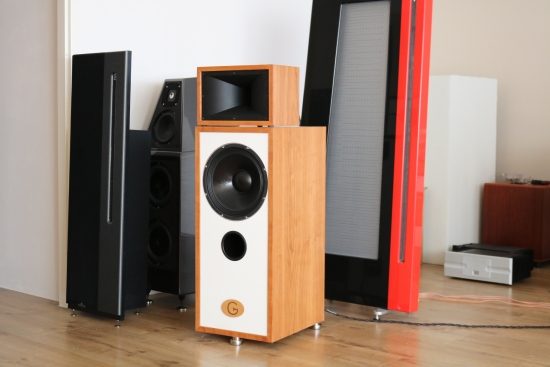
Gustavson LS-One
While the Cubed Brystons and the NuPrime ST-10 have entirely different characters from one another and from the PrimaLuna, both sounded really great with the Gustavson LS-One. Yet the PrimaLuna managed to combine various aspects that the aforementioned amps individually do so well. The PrimaLuna has much of the smoothness and body of the Bryston and much of the agility, purity and lively dynamics of the NuPrime, making for the best match with these speakers yet. Naturally, the 36-watt PrimaLuna does not have the ultimate muscle power of either solid state amp, but with these speakers, it easily has more power than required. In addition, while less focused and precise than the NuPrime, the PrimaLuna projects an even larger soundstage outside of the speakers. It remains remarkable how great a tube amp can sound, but it has to be noted that the amp-speaker match is much more critical than with transistor amps and switching amps. In this case, it is a perfect match!
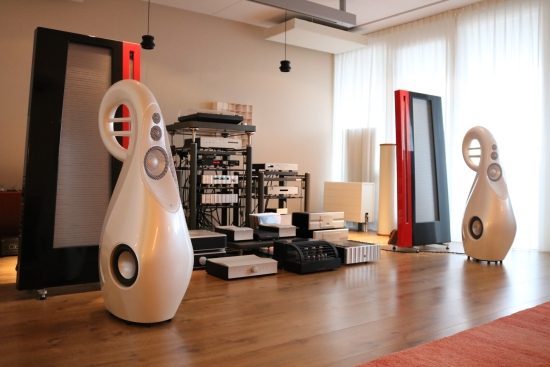
Vivid Audio Giya G3 s2
Now for the really ridiculous combination. Believe me or not, but the 36-watt DiaLogue Premium actually drives the Vivids pretty well! It does not have the ultimate bass control of the solid state amps, but it does sound nicely dynamic and punchy, and importantly, emotionally totally convincing. The soundstage is very wide and timbre very natural, quite a bit more so than with the other amps. Ultimately there is not quite enough power to play loud transients in all their splendor, and things do get rounded off here and there when playing more demanding material. The Vivids are not the most difficult speakers out there but still, this is a rather surprising result, given the amp’s moderate power rating and very moderate price. Rather amazingly the Ref 75 SE had a harder time driving the Vivids, sounding more precise, but noticeably rounded off on louder dynamic peaks than the PrimaLuna. A nice, but equally ridiculous combination price-wise might be to use the more powerful PrimaLuna DiaLogue Premium HP with the best Gold Label tubes with these speakers.
Conclusion
Normally the header reads: “review sample supplied by…”. If not, then the component under review is either my personal property or that of a friend. In this case, after reading all the info online I was already so convinced of its quality that I actually already purchased the amp prior to reviewing it. And I’m glad that I did!
While no true substitute for the Audio Research Reference 75 SE, due to its wide speaker compatibility, I would actually rate it almost as highly. Even though the PrimaLuna tube configuration is similar to the Audio Research (Push-Pull, Ultralinear), the amps have quite a different sound. Naturally, the real comparison would be to outfit the PrimaLuna also with KT-150’s, but I don’t have any spares at hand and am not willing to take the extra expenditure just to find out how the two amps compare when fitted with the same tubes. All that said, the DiaLogue Premium should really be judged on its own while keeping in mind that lots can still be altered by swapping driver tubes or power tubes.
Even in its basic form with standard EL34 tubes, the DiaLogue Premium sounds very robust, large, lively and open, and very dynamic. And quite uniquely, it combines all this power and stability with a smooth and richly colorful sound.
More PrimaLuna Reviews
PrimaLuna DiaLogue Premium – Tube Rolling (EL34 to KT150)
PrimaLuna DiaLogue Premium – Tube Rolling (EL34 to KT88)
PrimaLuna DiaLogue Premium HP
External Links
Manufacturer’s Blog
Manufacturer’s original site
Manufacturer’s USA Site
Dutch Distributor Durob Audio
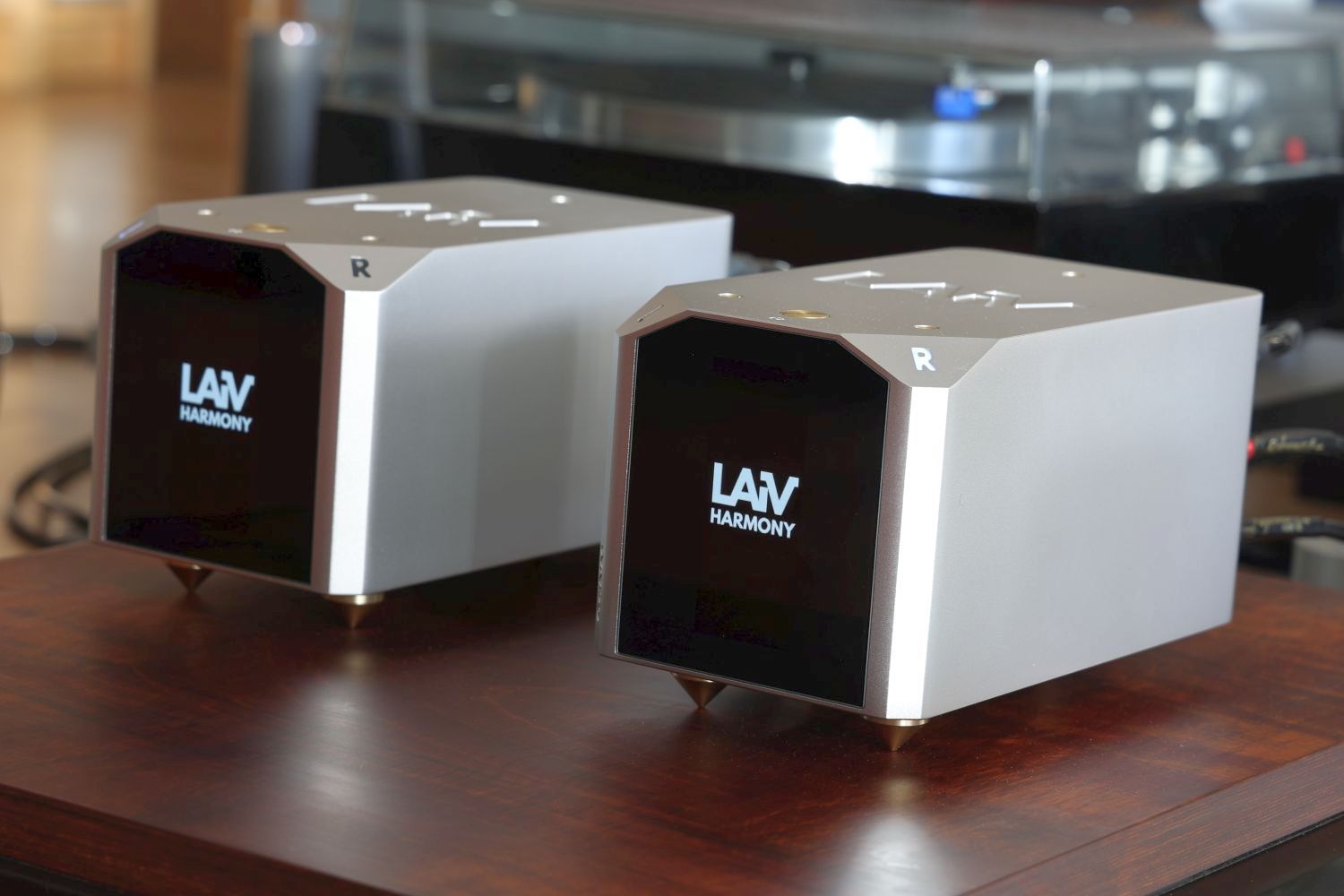
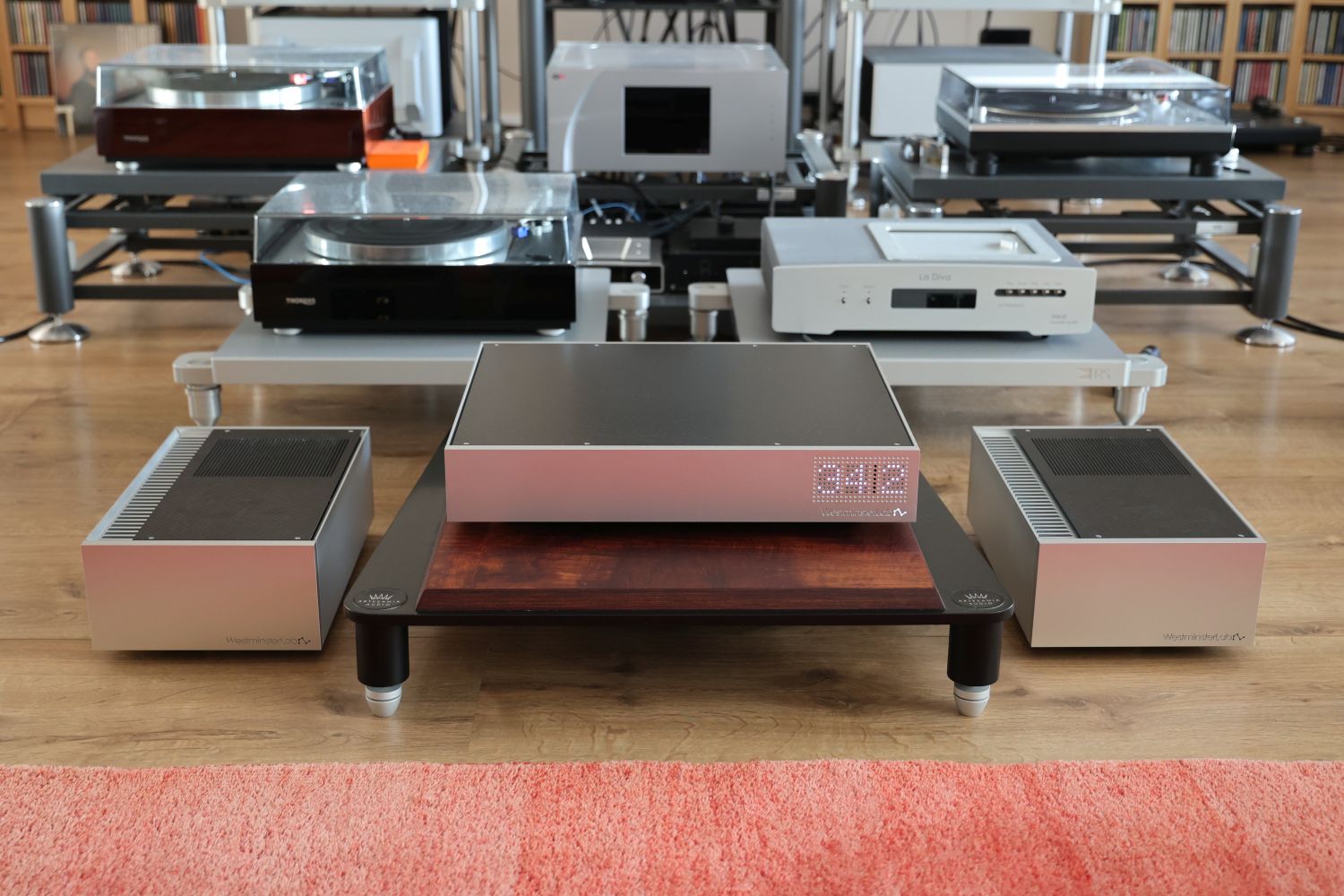
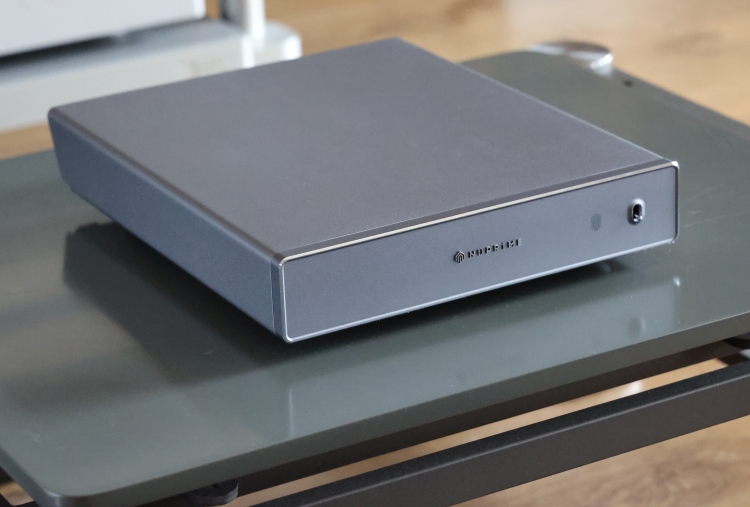
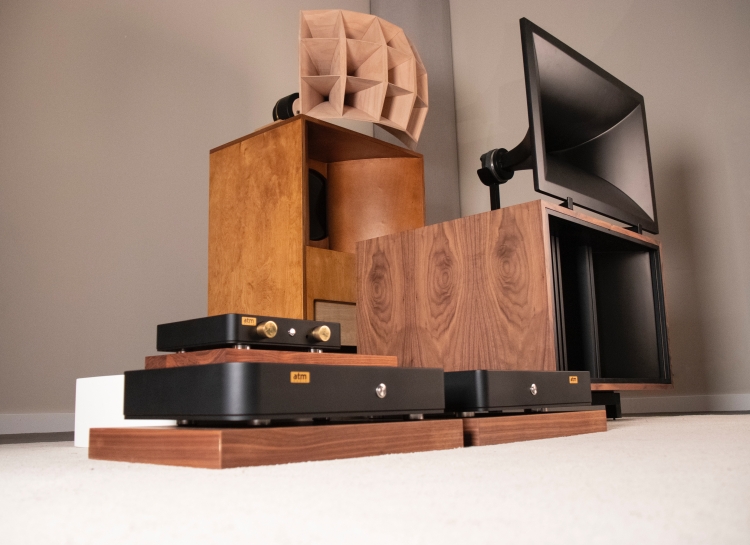
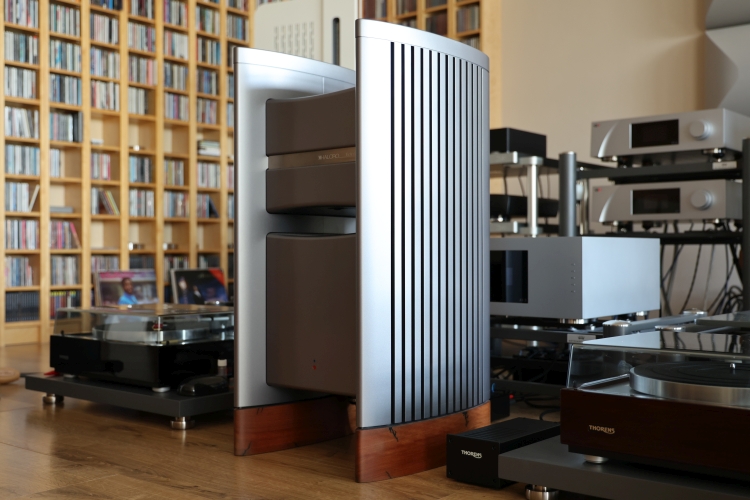
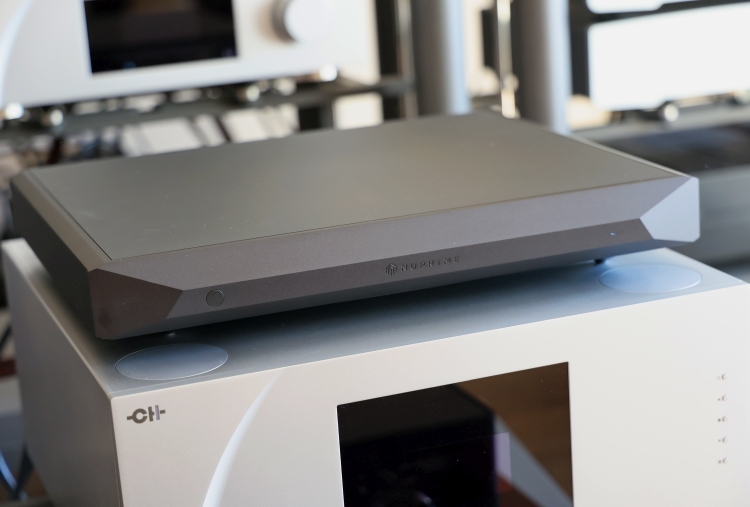
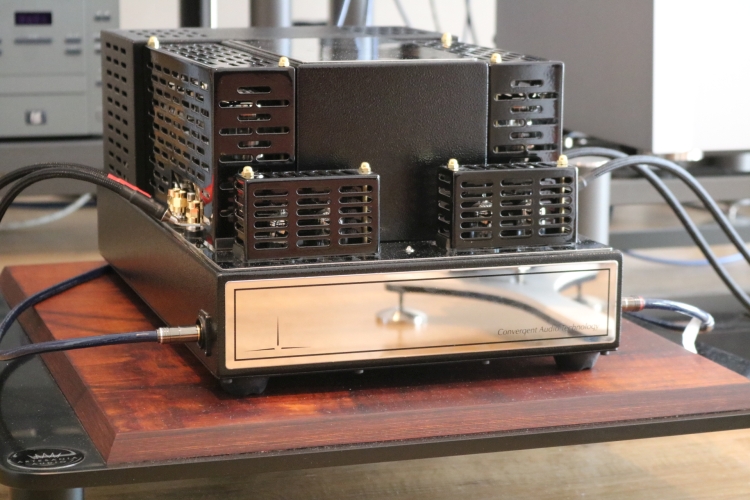
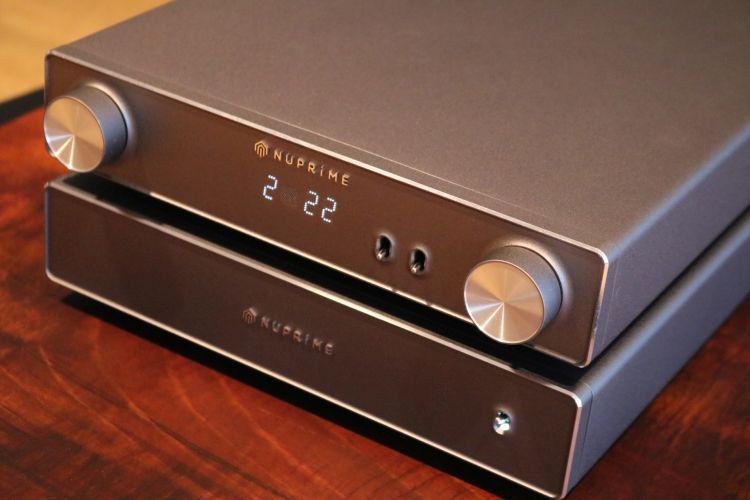
Hi ¡
My name is Ruben, I’m a concert piano player, and the music I Like to listen thru my system its mainly CLASSIC & JAZZ. And normally I listen always at a “moderated “ levels .
I recently divorced my wife etc (..) and I will move to a much more smaller house/apartement etc….
I have my beloved WILSON AUDIO Watt 3/Puppies2 speakers (I want to Keep them !) and I’ve just sold my ASR Emitter II Plus, because this amp it’s so big and massive for my new “home “.
MY QUESTION IS…(I need help!)
1- Wich amplifier (integrated?…Tube or Solid state) you recommend me?
My budget will be around 4500€ (at the most). Maybe a PrimaLuna Dialogue or Jadis tube amp?, Audio Research? Macintosh?…(maybe a second hand unit)
2- Do I really need a lot of power?…Or with a 50w per Chanel (or less) tube amp will be sufficient ?
3- Tubes or Solid State? (Considering the kind of music I’m listenig too and at what levels)
Any brands that you will sugest me, would be very helpfull to me
MANY THANKS IN ADVANCE AND…I WISH YOU A HAPPY 2020 !!!
Ruben Andreu
Hi Ruben, For the most part this is a matter of taste and a lot depends on how well the Wilsons are supported by the room. Suggesting a certain brand is also not helpful as that would be a reflection of my taste, not yours. That said, Wilsons don’t necessarily require a lot of watts to play loudly or musically but they do require a very stable amp that can deliver enough current to keep the speakers from behaving irregularly in the bass. Going from my experience with the WP8, I know that pretty much any amplifier can drive them well and both transistors and tubes apply. However, I would not use SET amps with Wilsons unless you can use big P-SET amps such as made by VAIC then and Ayon now. Even then, the result will be more musical than technically correct but that’s a matter of perspective. To date, no amp has matched the room-filling magic that the VAICs provided with my Wilsons but I need to stress that this was also a very uneven sound, not the accurate/transparent sound I am looking for these days. Given that you are used to powerful transistors before I don’t think that you would very much like tubes unless you are consiously looking for a very different presentation. If you do want to take the tube route, with what I presume are your preferences and given your budget, I’d look at PrimaLuna or Ayon. The latter arguably offers the best bang for the buck with the Scorpio integrated amp. It sounds sweet yet powerful.
Thanks Christiaan for the review. I am a happy owner of the Prima Luna EVO 400A Power Amplifier and I appreciate your insights about the tubes and the 4 Ohm insight… sounds better… thanks!